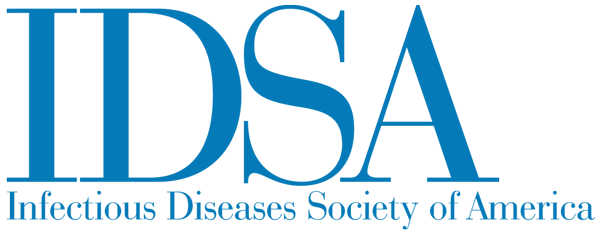Learn what you need to know about avian influenza in IDSA’s FAQ for patients and the public.
Avian influenza A(H5N1), also known as highly pathogenic avian influenza or bird flu, is a disease caused by infection with avian influenza type A viruses. The current bird flu strain is widespread in wild birds worldwide. These viruses can also infect other birds — including poultry like chickens and turkeys — as well as mammals including marine mammals (seals and dolphins), wild and domestic cats, and, recently, dairy cows. Sporadic infections in people have also been reported, usually after exposure to infected poultry or virus-contaminated environments.
The current risk to the general public is considered low because the current strain of this virus cannot easily attach to cells in people’s upper respiratory tract (the nose and throat). This makes it hard for the virus to spread from person to person. However, flu viruses change over time, so there is always the risk of the virus gaining the ability to spread more easily among people. Researchers and public health agencies are monitoring the situation and preparing in case the risk increases. People with job-related or recreational exposure to infected birds or other animals, like dairy cows, are at greater risk of infection and should take precautions to lower their exposure to the bird flu virus.
The primary treatment for avian influenza infection in people is oseltamivir (Tamiflu). Vaccination against seasonal flu will not prevent infection with avian flu viruses but can reduce the risk of getting sick with human and bird flu viruses at the same time. The U.S. government has a modest stockpile of vaccines that are reasonably well-matched for avian flu for emergencies, but these have not yet been deployed because the current risk to the public is considered low.
Milk sold in most grocery stores (with a few exceptions) is pasteurized. Pasteurization kills the bird flu virus and other dangerous microbes by briefly heating milk to high temperatures. Drinking raw (unpasteurized) milk is linked to many preventable foodborne illnesses and is especially unwise during this outbreak of bird flu. Animals, such as cats, who have consumed unpasteurized milk contaminated with the bird virus have become very sick, and some have died.
Useful Information and Resources
For the Public
-
- IDSA: Avian Influenza: Frequently Asked Questions
- CDC: Information on Bird Flu
- CDC: Information for Farm Workers Exposed to H5N1 Bird Flu in U.S.
- CDC: Reducing Risk for People Working With or Exposed to Animals
- CDC: Information for Specific Groups of People Who May Be Exposed to Infected Animals
- CDC: Information for Fair Exhibitors to Help Prevent Influenza
- CDC: Information for Fair Organizers to Help Prevent Influenza
- CDC: Tips for Staying Healthy at Animal Exhibits
- CDC: Influenza and Zoonoses Education Among Youth in Agriculture
-
NIH: High H5N1 Influenza Levels Found in Mice Given Raw Milk From Infected Dairy Cows
For Clinicians
Centers for Disease Control and Prevention
CDC Advisories and Other Updates
-
- CDC HAN Advisory (Jan. 16, 2025): Accelerated Subtyping of Influenza A in Hospitalized Patients
- CDC: First H5 Bird Flu Death Reported in United States
- CDC COCA Call (July 16, 2024): Update on Highly Pathogenic Avian Influenza A(H5N1) Virus for Clinicians and Healthcare Centers
- CDC MMWR (May 24, 2024): Outbreak of Highly Pathogenic Avian Influenza A(H5N1) Viruses in U.S. Dairy Cattle and Detection of Two Human Cases — United States, 2024
- CDC HAN Advisory (April 5, 2024): Highly Pathogenic Avian Influenza A(H5N1) Virus: Identification of Human Infection and Recommendations for Investigations and Response
Food and Drug Administration
U.S. Department of Agriculture
Department of Health and Human Services
National Institute of Allergy and Infectious Diseases
Public Policy, Advocacy and Action


